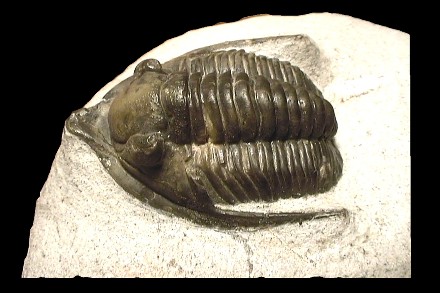
Specimen description :
- Positive.
- On matrix.
- Complete specimen up to 99 %.
- Total size : 41 mm.
- Middle Devonian - Upper Eifelian.
- "Barre de calcaire grèseuse, zone à Pinacites jugleriI".
- Assa, Morocco.
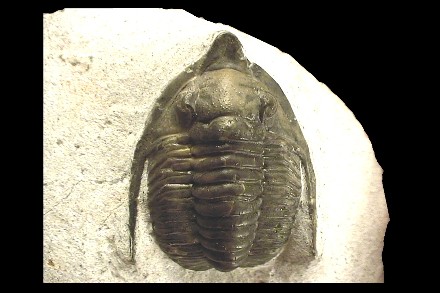
Cornuproetus (Diademaproetus) antatlasius
Diademaproetus antlatiasus is a moroccan Devonian Proetid described by Alberti in 1969 (He created the genera in 1964, which was at the time a subgenus of Cornuproetus). D. antlatiasus and Diademaproetus holzapfeli praecursor ALBERTI 1969 are the 2 species of Diademaproetus moroccan I know of (I might lack some infos, of course ;) ).
N.B : This is generaly the species sold on the web :)
| 1950 | Cornuproetus (Diademaproetus) antlatiasus | n. sp., G. ALBERTI 1969 , pp. 216 - 218, Taf. 16, fig. 7. |
|
|
Specimen description :
|
|
Oblique lateral view of the complete specimen.
|
|
 |
|
|
Dorsal view.
|
|
Diagnosis :
|
Order |
Proetida |
FORTEY & OWENS 1975 |
Typically small trilobites, recently separated from Ptychopariida (different larval development). One of the Libriostomate orders (natant hypostome or derived therefrom). Exoskeleton sometimes with pits or small tubercles. Occurrence : Ordovician (Tremadoc) to Permian (Tartarian). The last of the trilobites was of this order (Phillipsiinae).
|
|
Superfamily |
Proetoidea |
SALTER 1864
|
|
|
Family |
Proetidæ |
SALTER 1864 |
|
|
Sub-family |
Cornuproetinæ |
RICHTER., RICHTER & STRUVE 1959 |
Flattened global shape.
|
| Genus | Diademaproetus | ALBERTI 1964 |
|
| species | antlatiasus | ALBERTI 1969 |
|
Discussion :
Diademaproetus antatlasius differs from Diademaproetus holzapfeli praecursor ALBERTI 1969 by the following characteristics :
Complementary pictures :
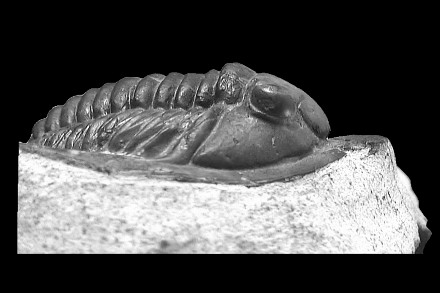 |
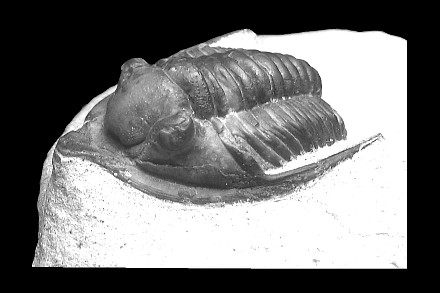 |
|
Lateral view : lack of preglabellar area. Flat frontal
glabellar area.
|
Oblique lateral view : cephalon strongly vaulted.
|
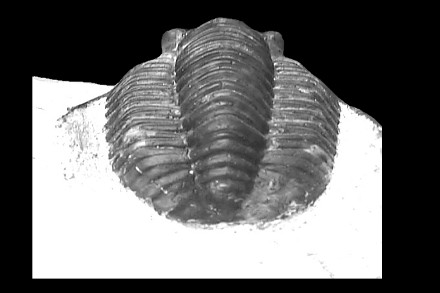 |
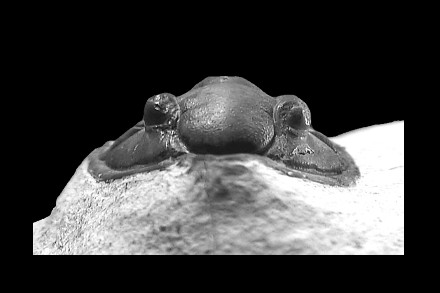 |
|
Posterior view : broad pygidium
|
Frontal view of the cephalon.
|
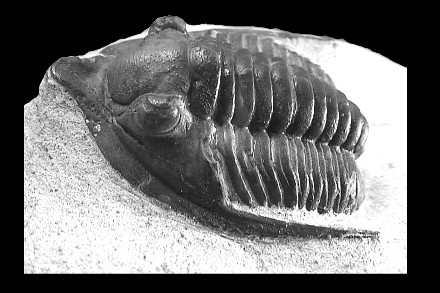 |
|
Lateral oblique vieuw.
|
Holotypes pictures :
These are the holotypes shown by Gerhard Alberti (ALBERTI G. 1969. Trilobiten des Jüngeren Siluriums sowie des Unter- und Mittel-Devons. I. Abh. senckenb. naturforsch. Ges., 520 : pp 1 - 692).
Diademaproetus antatlasius ALBERTI 1969
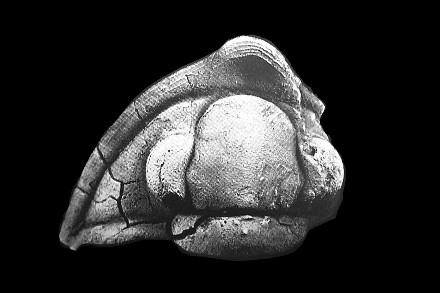 |
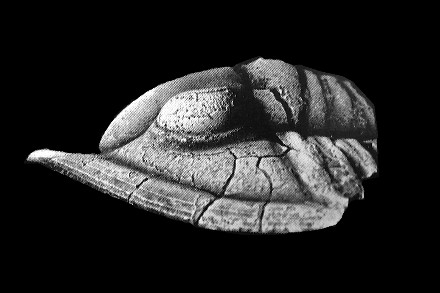 |
|
Holotype CGMT-AT 159. Incomplete Specimen. Coll. HOLLARD.
Dorsal view : lack of preglabellar area. (After ALBERTI
1969)
|
Holotype CGMT-AT 159. Incomplete Specimen. Coll. HOLLARD.
Lateral view : flat frontal glabellar area. (After ALBERTI
1969)
|
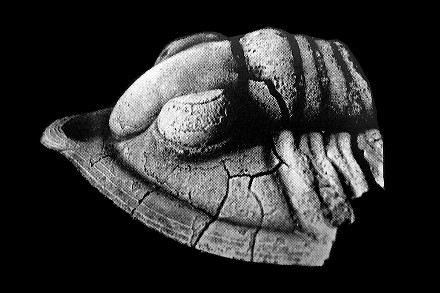 |
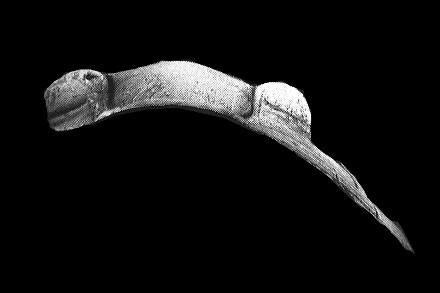 |
|
Holotype CGMT-AT 159. Incomplete Specimen. Coll. HOLLARD.
Oblique lateral view : cephalon strongly vaulted. (After ALBERTI
1969)
|
Holotype CGMT-AT 159. Incomplete Specimen. Coll. HOLLARD.
Frontal view : cephalon strongly vaulted. (After ALBERTI
1969)
|
Diademaproetus holzapfeli praecursor ALBERTI 1969
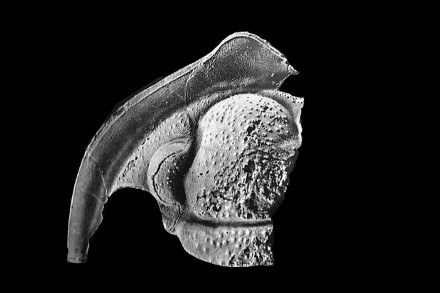 |
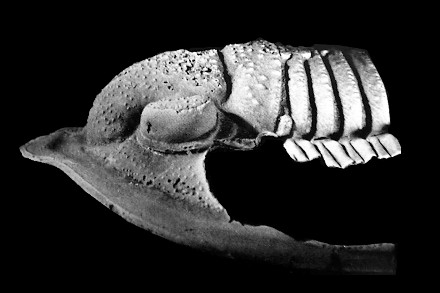 |
|
Holotype CGMT - As 38, coll. HOLLARD.
Incomplete cephalon.Dorsal view : presence of a preglabellar area. (After
ALBERTI 1969)
|
Holotype CGMT - As 38, coll. HOLLARD.
Incomplete cephalon. Lateral view. (After ALBERTI
1969)
|
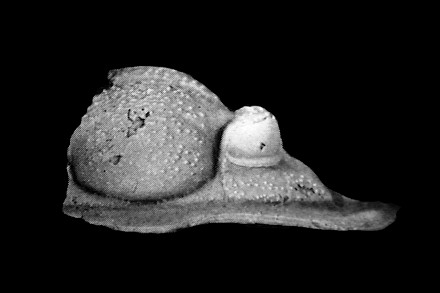 |
|
Holotype CGMT - As 38, coll. HOLLARD.
Incomplete cephalon. Frontal view. (After ALBERTI
1969)
|